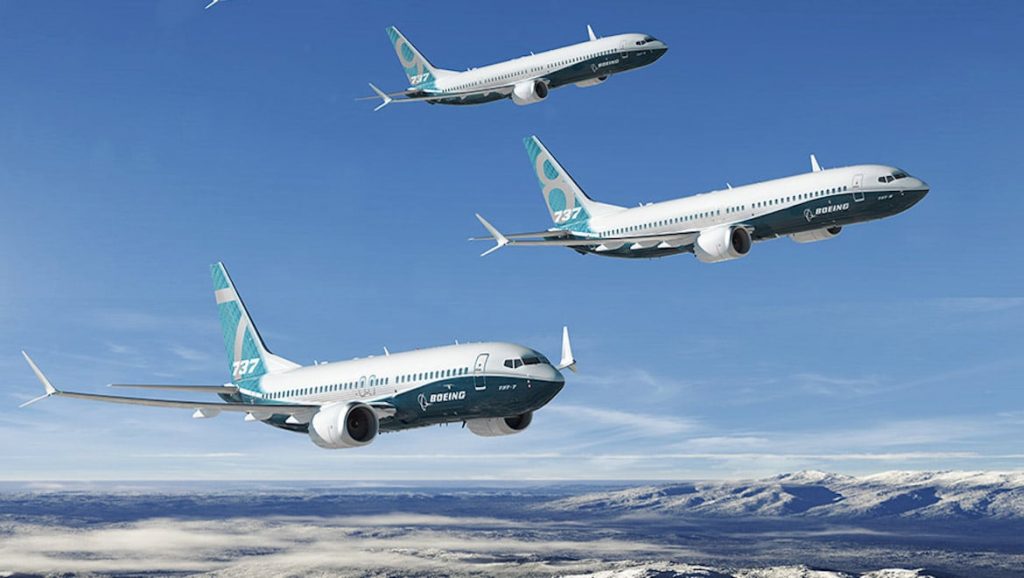
The 20-month flight ban imposed on the Boeing 737 MAX has finally been lifted in the US, following the introduction of safety upgrades, new training protocols, and extensive safety testing.
US Federal Aviation Administration chief Steve Dickson officially signed the order on Wednesday, lifting the longest flight ban imposed on a passenger jet in commercial aviation history.
The agency also revealed the final details of the MAX’s updated software, system and training requirements, which Boeing and airlines must complete before carrying any passengers.
Included in these requirements are mandatory simulator training sessions for MAX pilots, as well as new software upgrades, both of which address the stall-prevention system, the MCAS, which was at the heart of the two fatal MAX crashes that grounded the planes.
The FAA is requiring new pilot training and software upgrades to deal with a stall-prevention system called MCAS, which in both crashes repeatedly shoved down the jet’s nose as pilots struggled to regain control.
“This airplane is the most scrutinised airplane in aviation history,” Dickson told the media, following the announcement.
“The design changes that are being put in place completely eliminate the possibility of an accident occurring that is similar to the two accidents.”
“I feel 100% confident,” he added. “We have run this thing top to bottom … We’ve done everything humanly possible to make sure.”
While airlines in the US will be free to begin flying the MAX commercially once more, following meeting the FAA’s requirements, civil aviation regulators around the world continue to deliberate.
The European Union Aviation Safety Agency (EASA) previously stated it intended to lift its grounding order on the jet in November, shortly after the FAA announced its decision.
Meanwhile, aviation authorities in Brazil and Canada have both stated they will continue their own reviews into the MAX, however also expect to conclude this process soon.
Though questions still remain over whether or not Chinese regulators will lift their ban on the MAX.
Once commercial flights resume, Boeing will reportedly be running a 24-hour “war room” to monitor every MAX flight for potential issues, from landing gear malfunctions to health emergencies, according to sources close to the matter.
Hearing of the news, families of the 346 victims killed in two fatal 737 MAX crashes in Ethiopia and Indonesia said in a statement they felt “sheer disappointment and renewed grief” following the FAA’s decision to return the aircraft to service.
“Our family was broken,” Naoise Ryan, whose 39-year-old husband died aboard Ethiopian Airlines flight 302, said.
What to expect next
A number of airlines with 737 MAX jets have already committed to completing the maintenance and training requirements, however some will do this at a far slower pace than others.
American Airlines has said it plans to relaunch the first commercial MAX flight since the grounding on 29 December, followed by United Airlines in the first quarter of 2021 and Southwest Airlines in the second quarter.
Meanwhile, Alaska Airlines expects to receive its first 737 MAX early next year and begin passenger services in March.
Despite the positive news, Boeing still has an uphill battle ahead.
The FAA has said it will conduct in-person inspections of the some 450 undelivered 737 MAX planes, which it believes could take at least a year to complete, which will likely hinder the planemaker’s ability to make timely deliveries.
Further, airlines have already made attempts to distance themselves from the tarnished ‘MAX’ brand, with analysts suggesting the MAX name will likely be dropped altogether in the future.










